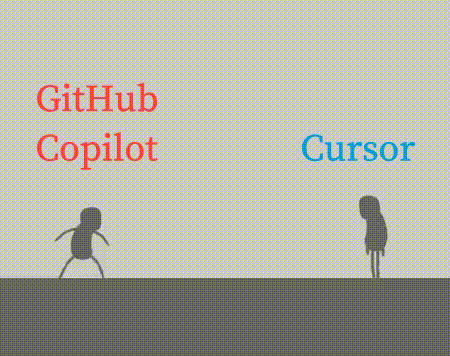投资的哲学思考
美股市场的独特优势在于其灵活性,投资者可以通过做多或做空在上涨和下跌行情中获利。当对市场方向有足够把握时,可以考虑使用ETF或期权等金融衍生品放大收益,但需谨慎管理风险。投资策略上,优先选择行业龙头股票,这些公司基本面稳健,极少面临生存危机,其股价通常跟随政策、宏观经济和企业业绩等因素呈现周期性波动。抓住这些周期,投资者就能在市场的涨跌中找到机会。
相比于单纯投资股票,投资自我往往是更明智的选择。通过学习新知识、提升技能或关注健康,可以获得超越财务回报的长期收益。对于追求财务目标的投资者,保持每年100%的稳定收益、与时间为友,是通向财富自由的关键。分散投资于特斯拉(TSLA)、MicroStrategy(MSTR)、黄金、量子科技及消费品等领域,能够有效平衡风险与机会。
交易的技术方法
在技术层面,高效投资需建立在结构化的日常分析之上。每天投入30分钟,研究精选的多种投资标的,确保投资组合广泛且可控。分析时采用自上而下的方法:先从宏观层面评估经济趋势(如利率、全球事件),再深入微观层面,关注个股的具体表现。建议聚焦4小时(4H)和日线(Day)K线图,以过滤市场噪音,捕捉更有意义的趋势。TradingView是不可或缺的工具,其强大的图表功能能清晰呈现价格走势。
在技术指标的选择上,简洁至上。推荐主要使用Ultimate RSI指标,该指标能精准识别超买或超卖状态,帮助投资者在低点买入、高点卖出,从而最大化利润。通过结合严谨的分析、精选的投资标的和简化的技术框架,投资者能够以更高的信心和一致性应对市场,实现哲学理念与实际操作的统一。
